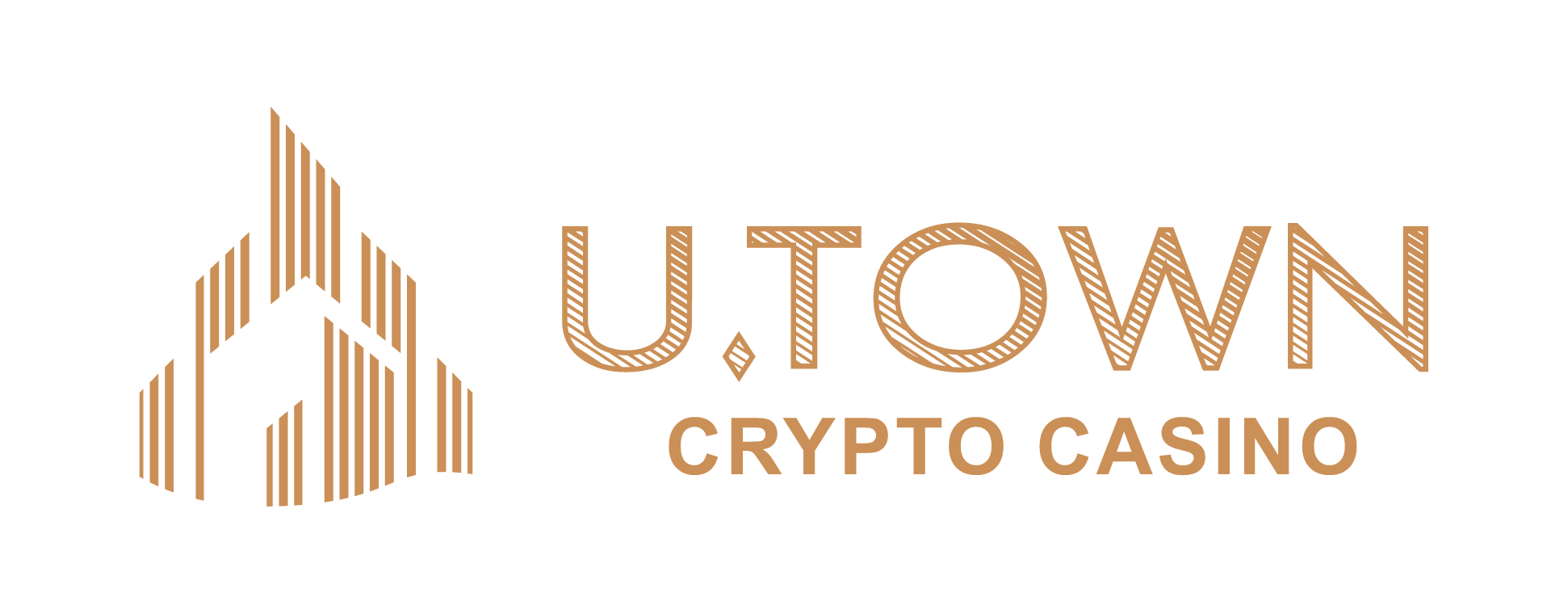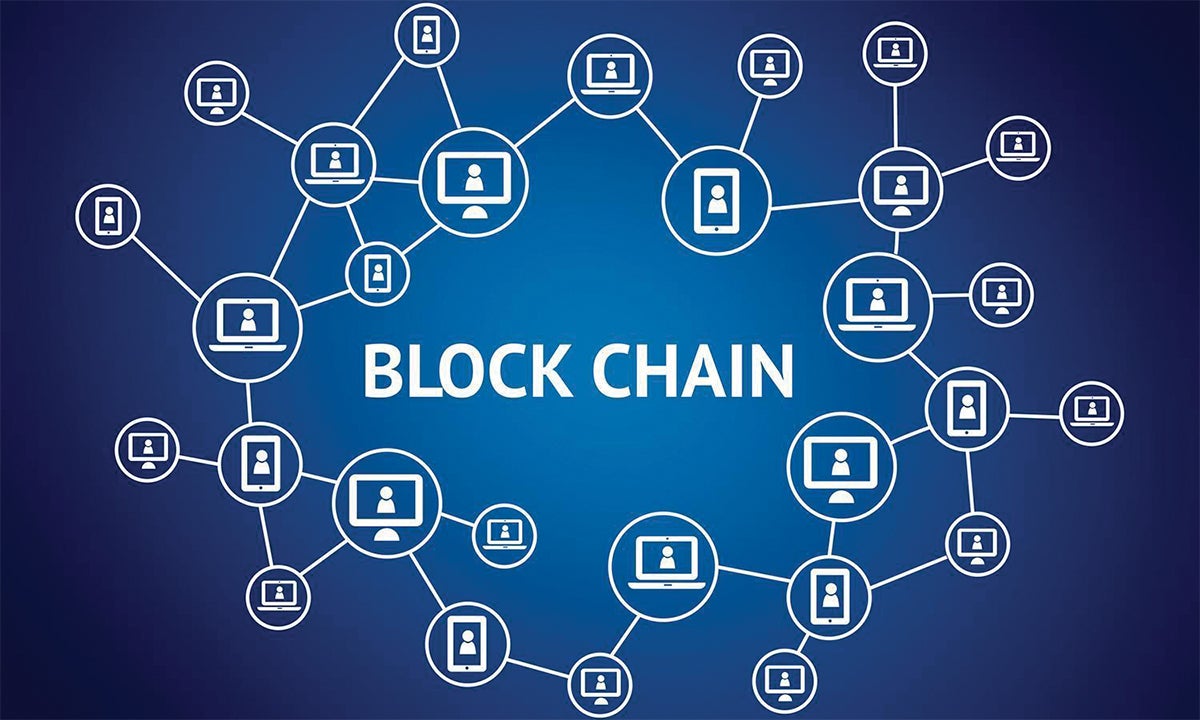
Blockchain Applications: Tokenization of Real Assets
Did you know that blockchain has the potential to transform the way we invest in physical assets?
Tokenization is a solution that divides the ownership of an asset (such as a building) into digital tokens. These tokens act as “shares”, and are similar to non-fungible tokens (NFTs). The difference here, however, is that the tokens are fungible and they are actually tied to the value of the asset.
In this graphic sponsored by Global X ETFs, we visualize how tokenization could be used in real estate.
Blockchain Applications: Tokenization in Real Estate
Blockchain has strong potential in real estate investing because it mitigates many of the asset class’ hurdles. Here’s a brief round-up of its theoretical advantages:
Liquidity
Buying and selling real estate is normally a tedious process. If a property were to be tokenized, it would essentially cut out the middleman and allow buyers and sellers to transfer ownership directly.
These transfers would be as easy as buying and selling cryptocurrency.
Removing barriers to entry
Because properties are expensive, real estate investing is typically limited to institutional investors with large amounts of capital. Individuals can gain exposure through a real estate investment trust (REIT), but these vehicles can carry high minimums and fees.
Tokenization could enable individuals to buy and sell real estate in small denominations (even fractions of a token) and without traditional fees.
Transparency and security
Blockchains are decentralized, digital ledgers known for their security. Tampering with a blockchain’s data is incredibly difficult because the ledger is shared and verified by all of its users.
This provides investors with full transparency into the past transactions of a property, as well as an undeniable proof of ownership.
Democratizing Investment
If tokenization proves to be effective, it could be extended to a whole range of other physical assets—most of which have their own unique barriers. Consider the following table, which lists the 12-month and 10-year return of various luxury goods.
| Category | 12-month return | 10-year return |
|---|---|---|
| Handbags | +17% | +108% |
| Wine | +13% | +127% |
| Collector cars | +6% | +193% |
| Watches | +5% | +89% |
| Rare whisky | -4% | +478% |
| Art | -11% | +71% |
Source: Knight Frank (Dec 2020)
Rare luxury goods have historically been sold through live auctions, where the highest bidder is awarded ownership. Thanks to blockchain technology, this could change in the future. In fact, Sotheby’s (a 277-year-old auction house) recently began to accept cryptocurrency as a payment option in its auctions.
In short, tokenization has the potential to greatly reduce the barriers around alternative and physical assets. For investors, this means a much wider set of opportunities to pursue.

